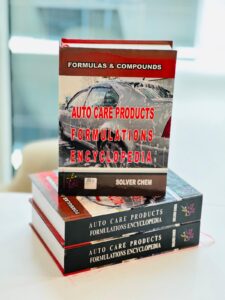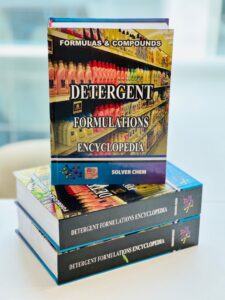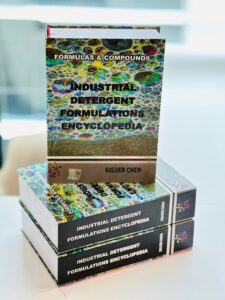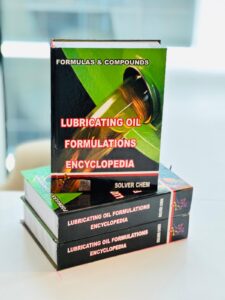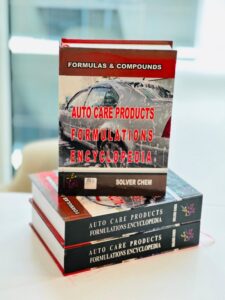
A rust inhibitor additive, which is a type of corrosion inhibitor, is a chemical compound added to a liquid or gas (like coolants, fuels, or lubricants) to decrease or prevent the rate of rust and other forms of corrosion on metal surfaces that come into contact with the fluid. They work by disrupting the electrochemical process that leads to corrosion.
Properties and Mechanisms
Rust inhibitors function primarily by forming a protective layer or by neutralizing corrosive substances. Their properties and mechanisms can be broadly categorized as follows:
Primary Mechanisms of Action
- Formation of a Protective Film/Barrier: This is the most common mechanism. The inhibitor molecules, often containing polar groups, adsorb onto the metal surface, creating a tight, thin barrier layer (a passivation layer) that physically blocks the corrosive agents (like oxygen and water) from reaching the metal.
- Anodic Inhibitors (e.g., nitrites, chromates, phosphates) promote the rapid formation of a protective oxide film on anodic areas, thereby retarding the metal’s oxidation.
- Cathodic Inhibitors (e.g., zinc salts) either slow down the cathodic reaction or precipitate selectively on cathodic regions, interrupting the flow of electrons.
- Mixed Inhibitors act both on the anode and the cathode.
- Neutralization of Corrosive Agents: Some inhibitors, often basic compounds like metallic detergents (e.g., calcium sulfonates), neutralize acidic byproducts that form due to oxidation or combustion, which otherwise would accelerate corrosion.
Key Characteristics and Types
- Effectiveness at Low Concentrations: A key property is that even small quantities can achieve significant corrosion inhibition.
- Alkalinity: Many common corrosion inhibitors are alkaline.
- Solubility/Dispersibility: They are classified based on their compatibility with the base fluid:
- Oil-Soluble (common in lubricants and fuels, e.g., metal sulfonates, certain amines, carboxylic acids)
- Water-Miscible/Water-Dispersible (common in coolants, metalworking fluids, and rust preventative fluids, e.g., sodium nitrite, silicates)
- Protective Film Nature: The film formed can be:
- A physically adsorbed layer.
- A chemically reacted layer (chemisorption).
- An insoluble salt or complex formed by reacting with the metal (e.g., iron phosphate salts).
-
Environmental Compatibility: There is a growing trend toward “green corrosion inhibitors” that are environmentally compatible and free of toxic compounds like nitrites or heavy metals.
👁️ Görüntülenme: 1

